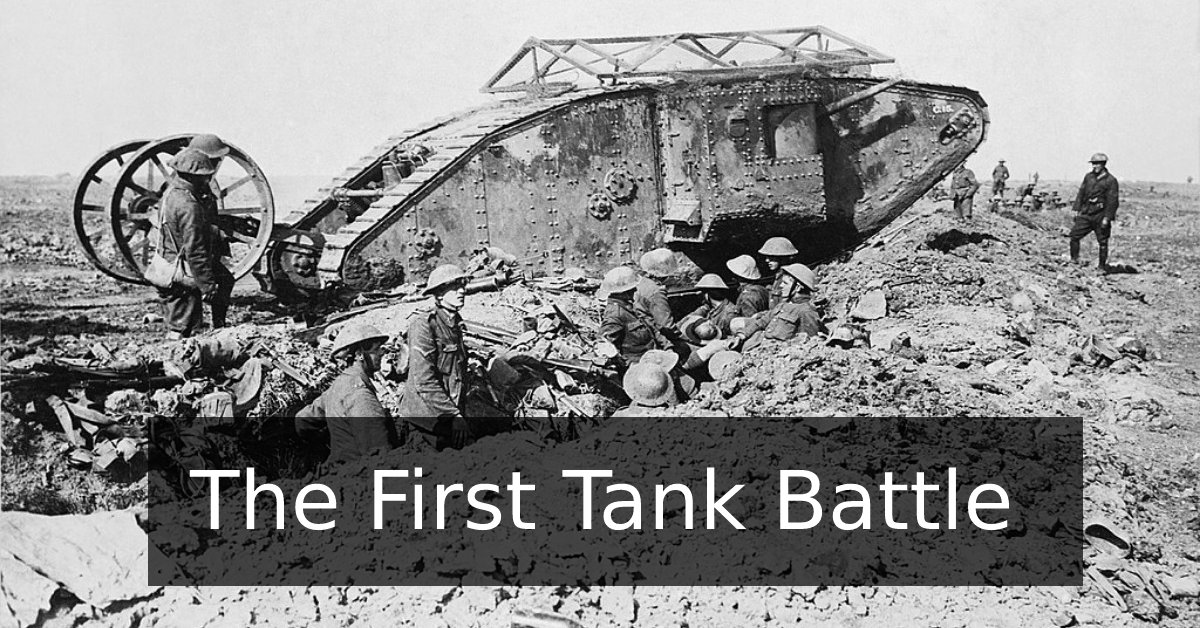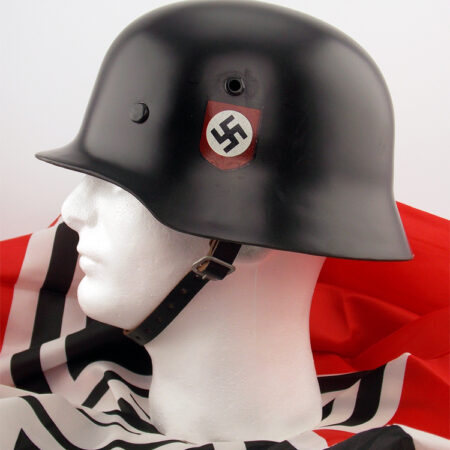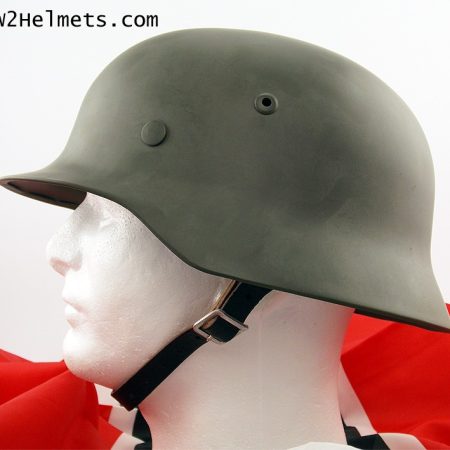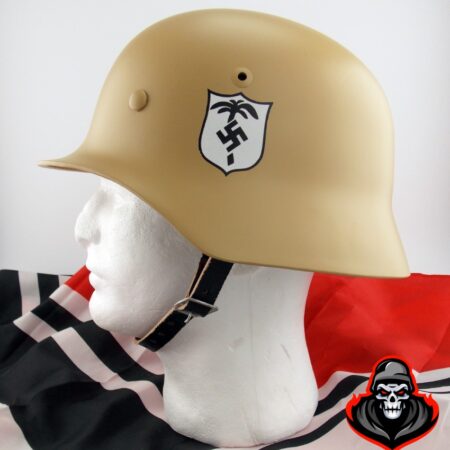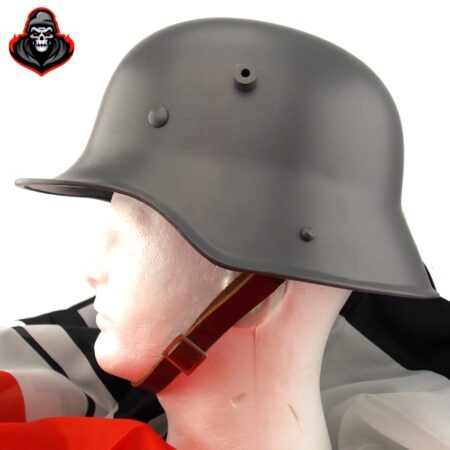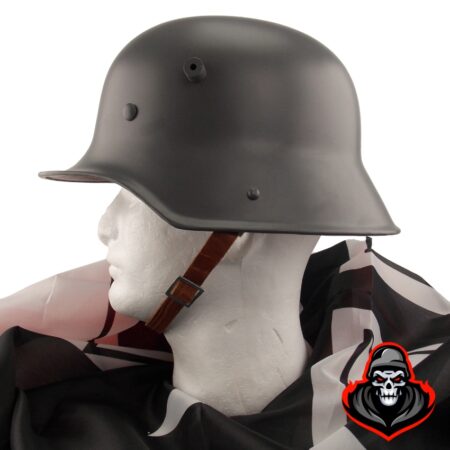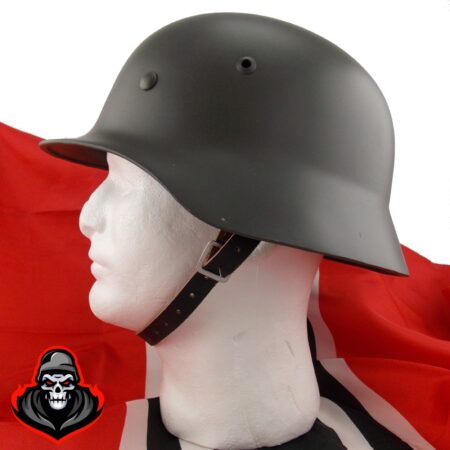What is often forgotten about the First World War is that it was the first pan-European war to have erupted in nearly a century. Not since the conclusion of the Napoleonic Wars at Waterloo in 1815 had all of the major European powers been at war with each other. As such the First World War was the first time that the enormous technological developments of the nineteenth and early twentieth centuries were put to use on the battlefield. In the air this involved planes and in the sea it witnessed the deployment of new battleships and submarines. On land, the most significant development was the first of use of tanks.
The first recorded use of tanks was at the Battle of Flers-Courcelette between the 15th and the 22nd of September 1916. This was a subsidiary conflict in the wider First Battle of the Somme fought between July and November 1916, the largest single engagement of the entire First World War. The Somme Offensive occurred in north-eastern France along the Western Front and was designed as a drive by the Allied forces of France, Britain, Canada and the Anzac forces to push the Germans back and seize the strategic centres of Péronne and Bapaume. It became an exceptionally bloody affair, with the Allies and the Central Powers each suffering as many as 600,000 dead and wounded. But it achieved very little, certainly not the decisive blow against the German war effort which the Allies had hoped for. By the time the offensive concluded in the early winter of 1916 the Allies had only succeeded in pushing the Germans back by about ten kilometres.
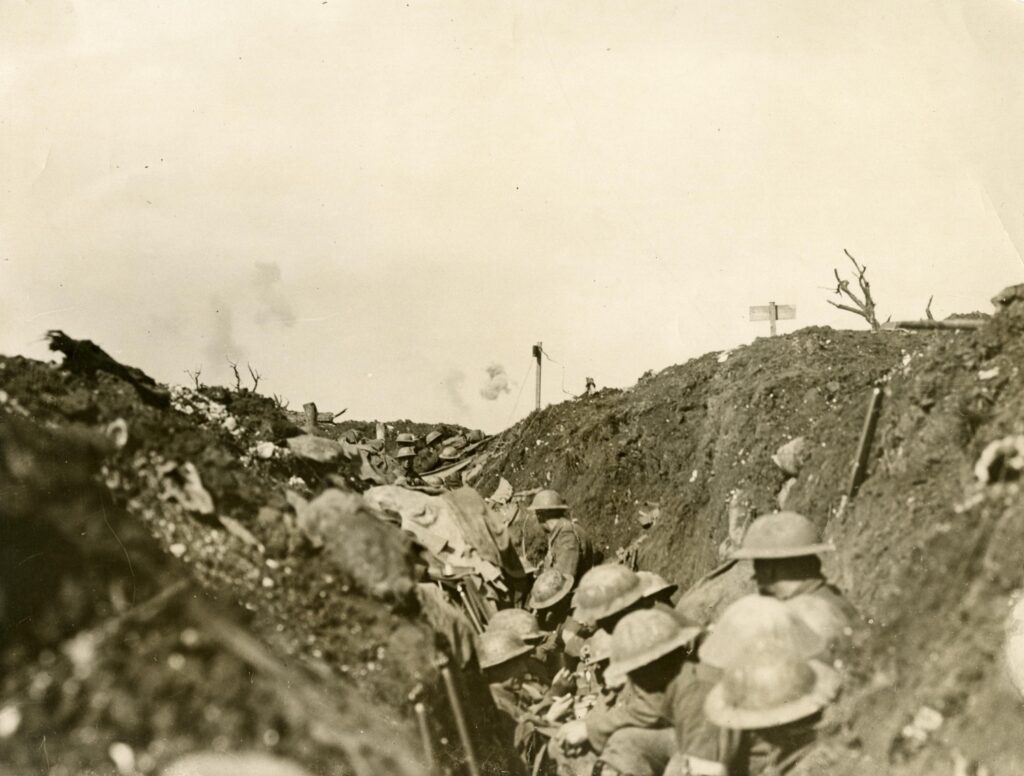
The Battle of Flers-Courcelette was just one part of the wider Somme Offensive, though a highly significant one. It was the third and final general offensive by the Allies in the wider Battle of the Somme. The plan was to use massed infantry and heavy artillery to punch a hole in the German lines, which would then be exploited to channel Allied cavalry into in order to encircle some of the German front lines around Flers and Courcelette and the surrounding region. The French Sixth Army and the British Fourth Army would lead the attack against the German First Army in the area, while a very large contingent of Canadian troops which had been stationed further north near the border with Belgium was drafted in to make up a substantial part of the attack. The offensive began on the morning of the 15th of September 1916 and would eventually last for eight days, with the Allies penetrating two and half kilometers beyond the German lines, and over three kilometers in some places.
The battle is famous for the first use of the modern tank. These had been developed by the Landship Committee, a body which had established by the British army in 1915 with the express purpose of building armored trucks of some kind. The idea was that if a means could be devised to have infantry pass through the ‘No Man’s Land’ between opposing trenches it would give the Allies a tactical advantage on the Western Front which would change the course of the war. The tank which was eventually devised and employed at the Battle of Flers-Courcelette in September 1916 was the Mark I Tank. It could have a crew of six to eight men, weighed 31 tonnes, and could be armed either with two 6-pounder guns or three machine gun turrets. It was heavily armored and could crush barbed wire and cross trenches with its caterpillar track wheel system. That said, the vehicles were enormously unstable, with poor ventilation for the crew inside. Their biggest weakness though was their speed, or rather the lack of it. These prototype tanks crawled across the battlefield by comparison with those which came later.
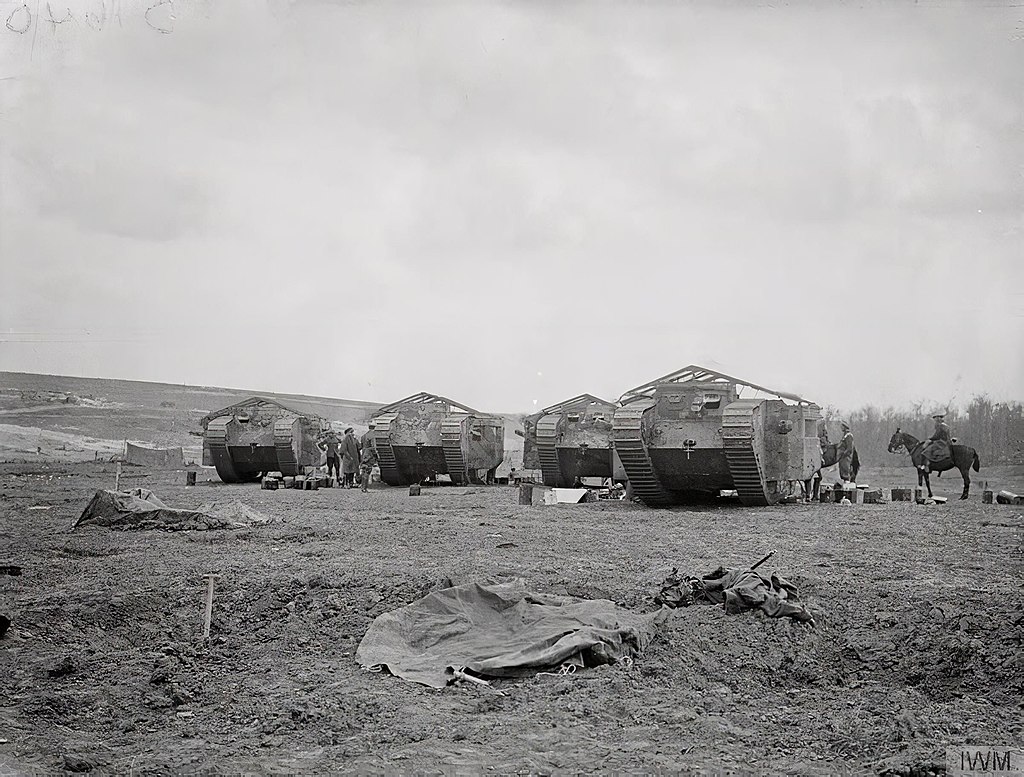
Just forty-eight of the Mark I tanks were developed in time to take part in the Battle of Flers-Courcelette and just over a dozen of them were employed in the initial assault on the morning of the 15th of September. They had been maneuvered into position under cover of darkness the previous evening to give an element of surprise and create a psychological shock when the Germans saw them coming towards them the following morning. The effect of seeing these heavily armored metal machines emerging out of the pre-dawn gloom must have inspired terror in the Germans on the morning of the 15th of September. And yet the mystique would soon have worn off. Several of the tanks broke down on the battlefield that morning, one failed to start entirely and several others had navigation problems which sent them in the wrong direction. Yet those that did make it through and joined the combat were relatively effective. German POWs who were captured during the Battle afterwards claimed that their use was more a form of butchery than warfare, so powerless were infantry units against this heavily armed and armored metal machine. As such, while the first tanks ever to be used on the battlefield were very much a work in progress, their potential was clear after the Battle of Flers-Courcelette.
In the months that followed the French took the lead in tank production, eventually producing more tanks than all the other major powers combined. The Germans, though, failed to develop their own in any substantial numbers. By the end of the war just about two-dozen German tanks had entered the battlefield. When the Second World War began the tables would have turned though, and the Panzer-class tanks utilized by the German Wehrmacht were instrumental in the German conquest of much of Europe between 1939 and 1941.

Overall the Battle of Flers-Courcelette was a qualified success for the Allies. The Allied death toll is estimated to have reached nearly 30,000 across the week of operations. There were almost certainly a higher number of German casualties, though these were not separated out in the lists from the figures given for the entire month of September at the time, and it is consequently difficult to determine the exact number of casualties the Central Powers suffered during the engagement. Nevertheless the Germans suffered more casualties in September than any other month of the Somme Offensive and the fighting at Flers-Courcelette must have contributed to that. There were some tactical victories involved. The Allies did manage to seize the villages of Courcelette, Martinpuich and Flers, but the overall goal of the offensive, to break the German lines and secure an overall victory in the Somme Offensive, was not achieved. It would be the last major Allied offensive push in the First Battle of the Somme and in this sense it contributed to the bloodiest battle of the First World War effectively ending in a stalemate after five months of intense conflict in north-eastern France during the second half of 1916. Perhaps owing to the failure of any wider tactical breakthrough, the Battle of Flers-Courcelette has accordingly become more famous for the first use of tanks during it than for anything else.
The Battle of Flers-Courcelette persuaded a lot of people of its use in modern warfare. Field Marshal Douglas Haig, who was the Commander of the British during WWI, ordered 1,000 new tanks after the battle.

